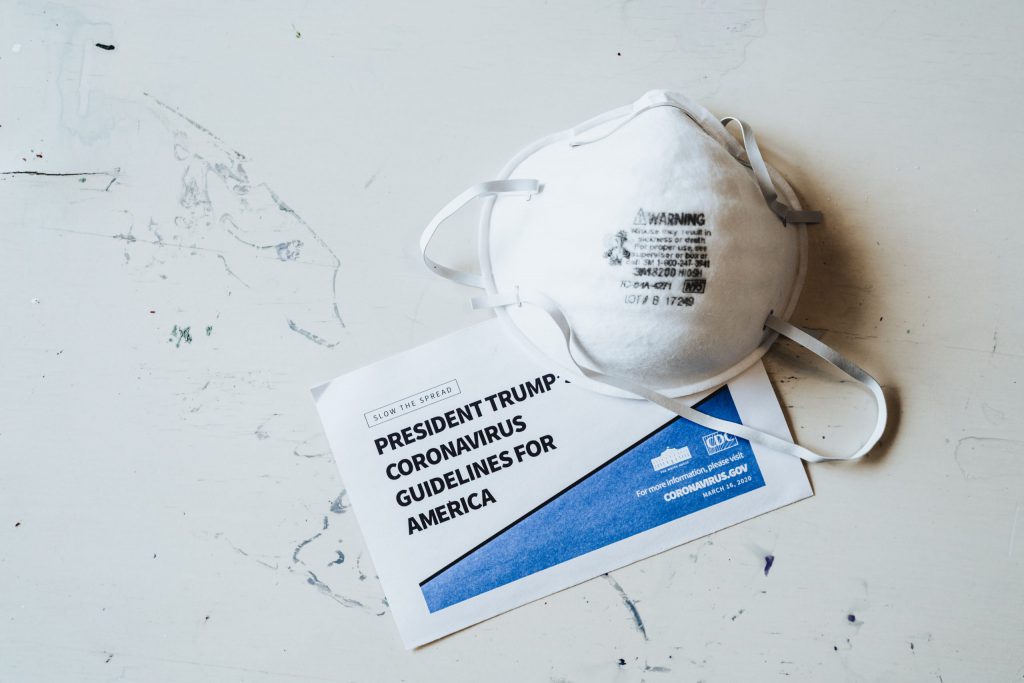Amid the pandemic, Los Angeles County is facing disruption to its economy. LPPI estimates the proportion of Los Angeles County’s population that is least likely to receive a CARES Act individual rebate, to identify the communities that require targeted assistance in the COVID-19 pandemic.
Overview:
Los Angeles County is experiencing an unprecedented disruption due to the spread of COVID-19, and communities of color face the magnitude of economic impacts. Yet, 56% of Latino-majority neighborhoods in Los Angeles County have a high proportion of residents at high risk for not receiving individual relief funds from the CARES Act. Roughly 47% of the County’s immigrant population reside in the highest risk neighborhoods, leaving immigrant communities heavily burdened by the pandemic without aid. Our findings provide information that local and state officials can use to provide targeted assistance to vulnerable communities experiencing economic distress.
Key Findings:
- Neighborhoods designated most at-risk of not receiving a CARES Act individual rebate, on average, tend to be lower-income and have a greater proportion of renters, immigrants, and people of color.
- Latinos are more likely than any other racial/ethnic group to be excluded from a CARES Act individual rebate, in addition to their vulnerability given their outsized proportion of the retail and service sector workforce, which has been the hardest hit during this pandemic.
- The share of racial/ethnic neighborhoods at the highest risk of not receiving a stimulus check are: 8% of Black neighborhoods, 13% of Asian neighborhoods, 21% of white neighborhoods, and 56% of Latino neighborhoods. The share of Latino neighborhoods at the highest risk is more than twice that of white neighborhoods. Roughly 47% of the County’s immigrant population also reside in the highest risk neighborhoods.
- Neighborhoods with the highest proportion of residents most at risk of not receiving a stimulus payment are concentrated in Downtown Los Angeles, including Westlake/MacArthur Park, Koreatown, Chinatown, Skid Row, and Pico-Union, in addition to the following neighborhoods: South Central, Hollywood, Long Beach, East Hollywood, and Glendale.

